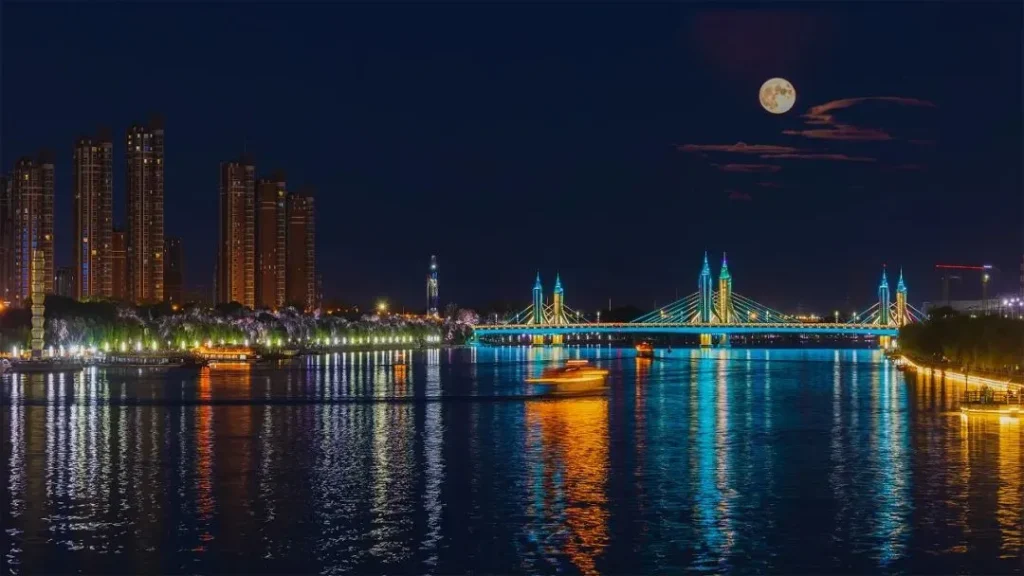The Grand Canal, a super important waterway in Chinese history, is like a flowing storybook, witnessing the ups and downs of Chinese civilization. The Beijing section, especially the Tonghui River (通惠河) and Jishuitan (积水潭), was once the northernmost tip of the Grand Canal during the Yuan Dynasty, packed with rich history and culture. Today, after careful preservation and development, these ancient sites are buzzing with new life, becoming a shining cultural icon for Beijing. It draws visitors from all over to explore the genius of ancient Chinese water engineering and see how the city grew. This guide will take you on a journey through the Beijing section of the Grand Canal, uncovering its past and present, checking out cool spots along its banks, helping you plan your trip, and truly feeling the unique charm of this cultural heritage.
How the Beijing Section of the Grand Canal Came to Be and How It’s Changed

The story of the Grand Canal in Beijing goes way back to the Yuan Dynasty. In 1292 AD (the 29th year of the Zhiyuan era in the Yuan Dynasty), a famous water expert named Guo Shoujing (郭守敬) was tasked with designing a way to bring water into Dadu (大都), the capital city back then. He cleverly planned a route that brought water from Baifuquan (白浮泉) in Changping, flowed through Wengshanpo (瓮山泊), collected in Jishuitan (积水潭), and then continued through the Yuhe River (玉河 – an old channel of the Tonghui River) all the way to Tongzhou (通州). A year later, in 1293, this canal officially opened, and Emperor Kublai Khan named it the “Tonghui River” (通惠河).

The opening of the Tonghui River was a game-changer. It meant that grain from southern China could be shipped directly into Dadu by water, drastically cutting down travel time and boosting efficiency. During the Yuan Dynasty, Jishuitan became the busiest port at the northern end of the Beijing-Hangzhou Grand Canal. Boats loaded with grain from the south would sail up the canal, pass through the Tonghui River, and finally dock here.
As history rolled on, the role of the Tonghui River changed quite a bit:
- Yuan Dynasty: It was a crucial part of the Beijing-Hangzhou Grand Canal, a lifeline for transporting grain from the south to Dadu.
- Ming Dynasty: In 1432 AD (the 7th year of the Xuande era in the Ming Dynasty), the imperial city expanded eastward, and part of the Tonghui River was enclosed within the palace walls. This meant grain boats couldn’t get in, and Jishuitan lost its port status. The northern end of the Beijing-Hangzhou Grand Canal тогда moved to near Datong Bridge (大通桥) outside the city.
- Qing Dynasty: The Tonghui River was still in use, but it wasn’t as big or important as before.
- Modern Times: With the rapid development of land transportation, the Tonghui River’s role in shipping gradually faded into history. However, its deep historical value and cultural significance are increasingly recognized, making it a precious piece of Beijing’s heritage.
Exploring the Gems Along the Canal
Tonghui River (通惠河)
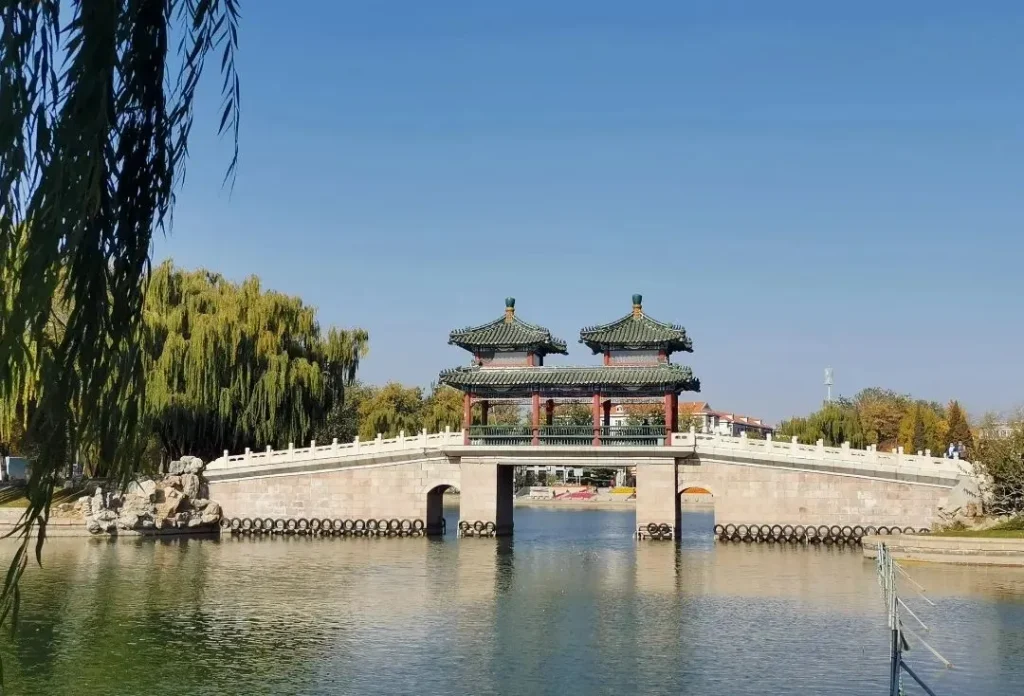
The Tonghui River is the heart of the Grand Canal’s Beijing section. Starting from the old Yuhe River channel, it winds its way for over 20 kilometers to Tongzhou. Its creation made it much easier and more efficient to bring grain from Tongzhou into Beijing.
Wanning Bridge (万宁桥)

Wanning Bridge is the oldest surviving bridge on the Beijing section of the Grand Canal and a key historical landmark of the Beijing-Hangzhou Grand Canal in the city. It was first built during the Jin Dynasty, originally called “Haizi Bridge” (海子桥). It was expanded in the Yuan Dynasty (1292). Back in the Yuan era, grain boats from the south sailed along the Tonghui River, passed under Wanning Bridge, and entered the Jishuitan port. It must have been a bustling scene under the bridge! There was also an important sluice gate of the Yuan Dynasty Grand Canal here – the Chengqingshang Sluice (澄清上闸), which was a must-pass for boats entering the city.
Old Yuhe River Channel (玉河故道)
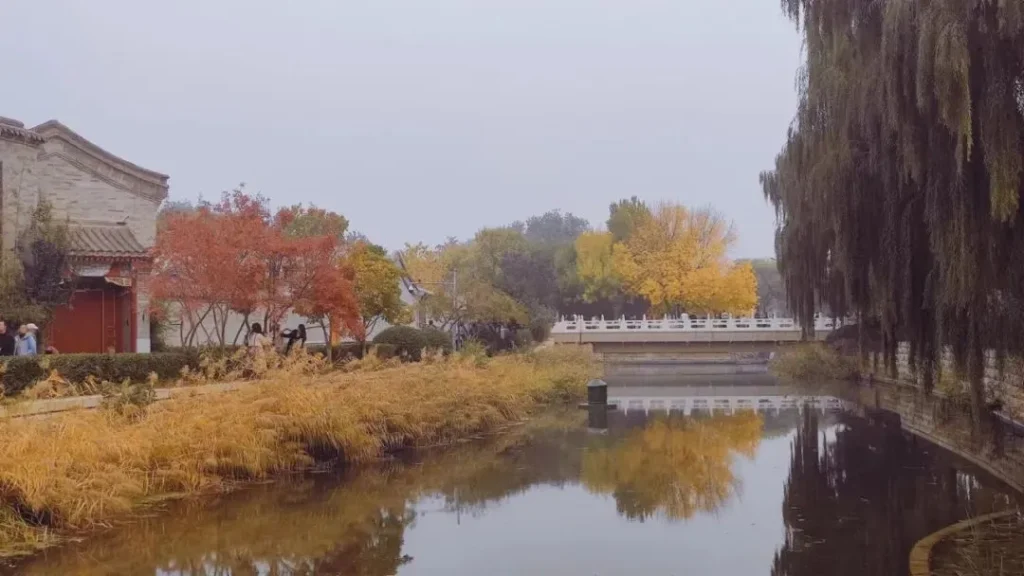
The Old Yuhe River Channel is where the Tonghui River used to flow. Here, you can see remnants of the river channel and banks from the Yuan, Ming, and Qing dynasties, giving you a direct look at the Grand Canal’s historical appearance. The restored northern section of the Yuhe River strictly follows the ancient riverbed, stretching about 480 meters from Wanning Bridge to Dongbuya Bridge (东不压桥), with an average width of 18 meters and a water depth of about 1 meter.
Jishuitan (积水潭)

Jishuitan was once a vital part of the Grand Canal in Beijing and the end point of the Tonghui River. During the Yuan Dynasty, it was the northernmost port of the Beijing-Hangzhou Grand Canal, welcoming grain boats that had traveled all the way from the south.
Shichahai (什刹海)

Today, Jishuitan has evolved into the Shichahai we know and love, made up of three connected lakes: Qianhai (前海), Houhai (后海), and Xihai (西海). Around Shichahai, you’ll find many historical sites related to the Grand Canal, like Huitong Ancestral Hall (汇通祠) and the Temple of the Fire God (火德真君庙).
Huitong Ancestral Hall (汇通祠)

Huitong Ancestral Hall sits quietly on a small island northwest of Shichahai’s Xihai. It was first built during the Yongle era of the Ming Dynasty, originally called Fahua Temple (法华寺), and also known as Zhenshui Guanyin Nunnery (镇水观音庵). The hall faces south, with a single-room mountain gate featuring a Xieshan-style roof (歇山顶) with large ridge tiles, a stone archway, and a chessboard-patterned main door. Huitong Ancestral Hall is free to enter and open daily from 9:00 AM to 4:00 PM.
Grand Canal Source National Archaeological Site Park (大运河源头遗址公园)
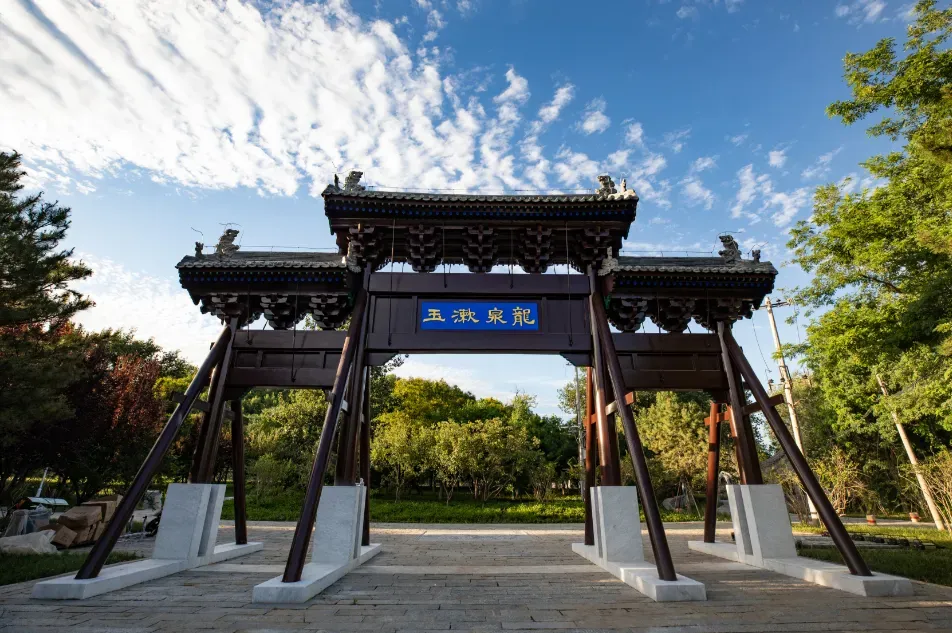
Located in Changping District, the Grand Canal Source National Archaeological Site Park is where the northernmost water source of the Yuan Dynasty’s Beijing-Hangzhou Grand Canal was. It holds the memory of the canal’s thousand-year-old source and has immense historical and cultural value. Baifuquan (白浮泉) within the park was the main water source for the Tonghui River section during the Yuan Dynasty, while Jiulongchi (九龙池) was the direct water source for the Grand Canal. The park is centered around the historical and cultural heritage of Baifuquan, connecting several scenic spots like “Changliu Huize” (长流惠泽), “Longquan Shuyu” (龙泉漱玉), and “Shanshui Qingyin” (山水清音). It blends beautifully with the Changping New Town Riverside Forest Park, recreating the ancient beauty of “Longquan Shuyu.”
Grand Canal Museum of Beijing (北京大运河博物馆)
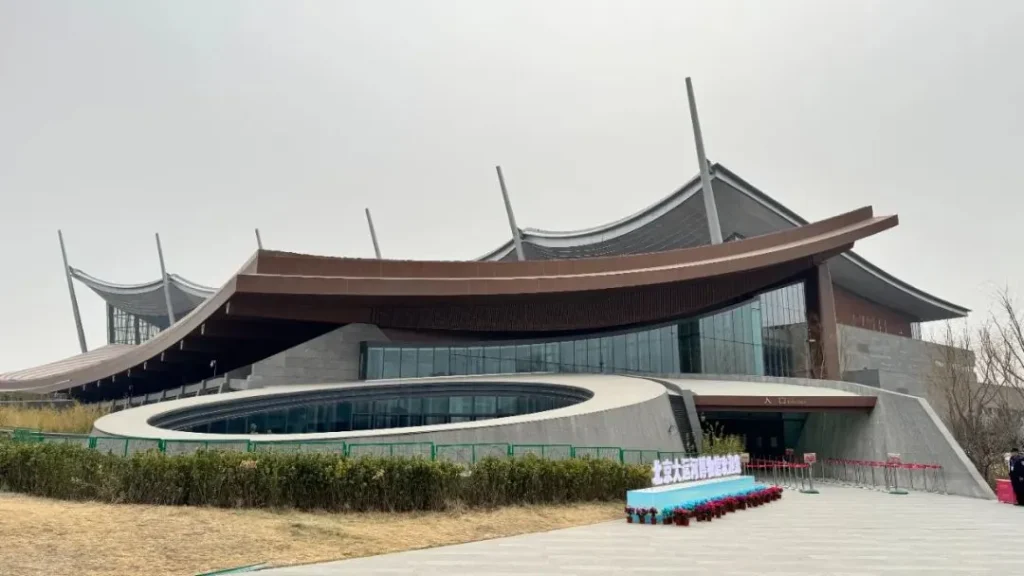
The Grand Canal Museum of Beijing (also the East Branch of the Capital Museum) is in the northwest part of the Urban Green Heart Forest Park in Beijing’s sub-center. It officially opened to the public on the afternoon of December 27, 2023. The museum offers extended hours, open daily from 10:00 AM to 8:00 PM (last entry at 7:00 PM), and is closed on Mondays. Visitors can enter after verifying their valid ID and passing a security check. Inside, there’s an exhibition titled “Jing-Hua Tong-Hui, Yun-He Yong-Ji – The History and Culture of Beijing and the Grand Canal” (京华通惠 运河永济——北京与大运河历史文化陈列), vividly showcasing the deep historical connection between Beijing and the Grand Canal.
Tongzhou Grand Canal Cultural Tourism Area (通州大运河文化旅游景区)
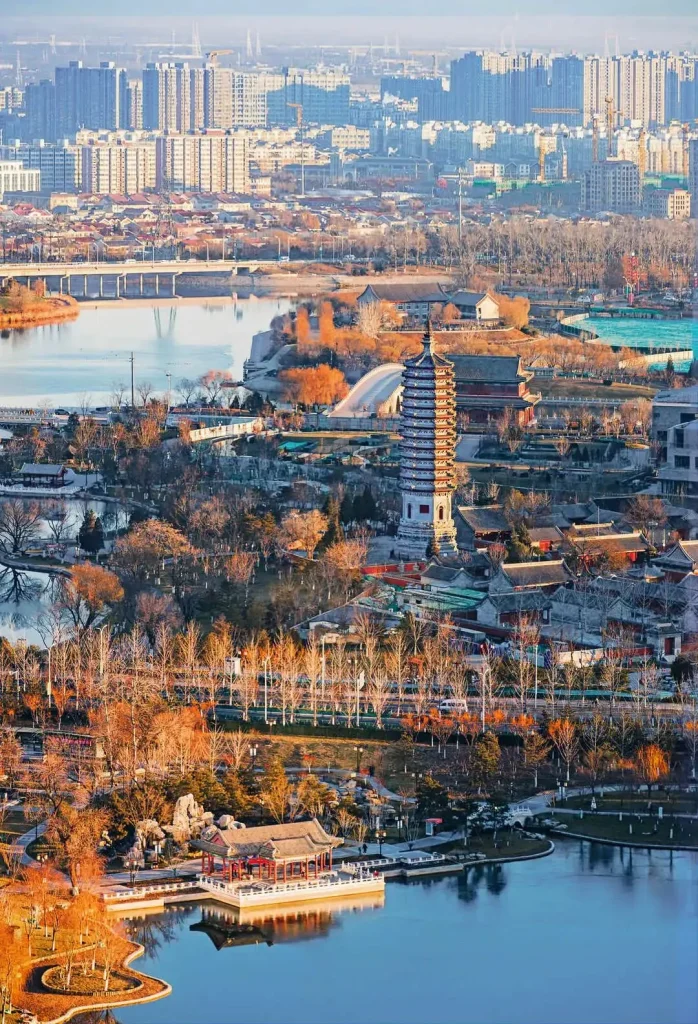
Located in Tongzhou District, this tourism area is divided into North, Central, and South sections. Numerous popular photo spots stretch from north to south for over 12 kilometers, offering delightful scenery. The area is currently working towards becoming a national 5A-level cultural tourism destination, and ancient sites like the “Three Temples and One Pagoda” (三庙一塔) have been restored to their former glory.
Recommended Itineraries
1. Xicheng District: Deep Dive into History and Culture
This route takes you through the historical sites of Xicheng District, including the Guo Shoujing Memorial Museum (北京郭守敬纪念馆), Soong Ching Ling’s Former Residence (北京宋庆龄故居), Gulou West Street (鼓楼西大街), Yandai Xiejie (烟袋斜街 – Skewed Tobacco Pouch Street), the Jishuitan Port Stele of the Beijing-Hangzhou Grand Canal (京杭运河积水潭港碑), and the Temple of the Fire God (火德真君庙). In these residences and sites, you can really feel the historical pulse and cultural depth of the Grand Canal. This route is especially great for history buffs.
2. Tongzhou District: A Blend of Nature and Culture
The Tongzhou tour mainly revolves around the Grand Canal Forest Park (大运河森林公园). You can stroll through the riverside park, visit Qing Dynasty buildings like the General’s Temple (将军庙) and the Dragon King Temple (龙王庙), and experience the unique charm of this large urban park themed around canal transport history. This route is perfect for those who love nature and want to learn about canal culture.
3. Changping District: Exploring the Canal’s Source
The Changping route focuses on the Grand Canal Source National Archaeological Site Park. Here, you can learn about the history of Baifuquan (白浮泉) as the Grand Canal’s water source, admire the “Longquan Shuyu” (龙泉漱玉) scenery, and feel the unique charm of the canal’s origin. This route is ideal for those interested in the history of the Grand Canal’s source and water resource protection.
Practical Travel Info
Food Recommendations

- Shichahai Snacks (什刹海小吃): Try traditional Beijing snacks like fried cakes (炸糕), Aiwowo (艾窝窝), and Tanghulu (糖葫芦).
- Tongzhou Specialties (通州特色菜): Sample local delicacies like Tongzhou Canal Fish (通州运河鱼) and Tongzhou Soy-braised Beef (通州酱牛肉).
- Lotus Market (夏季 – Summer): A great place to try various snacks and drinks.
Shopping Ideas


- Traditional Crafts: Look for items like Beijing courtyard house models (北京四合院模型), cloisonné (景泰蓝), and jade carvings (玉雕).
- Souvenirs: Unique souvenirs related to the Grand Canal and Beijing’s history and culture.
- Local Produce: Such as Tongzhou peaches (通州大桃) and Beijing suburban apples (京郊苹果).
Cultural Experiences
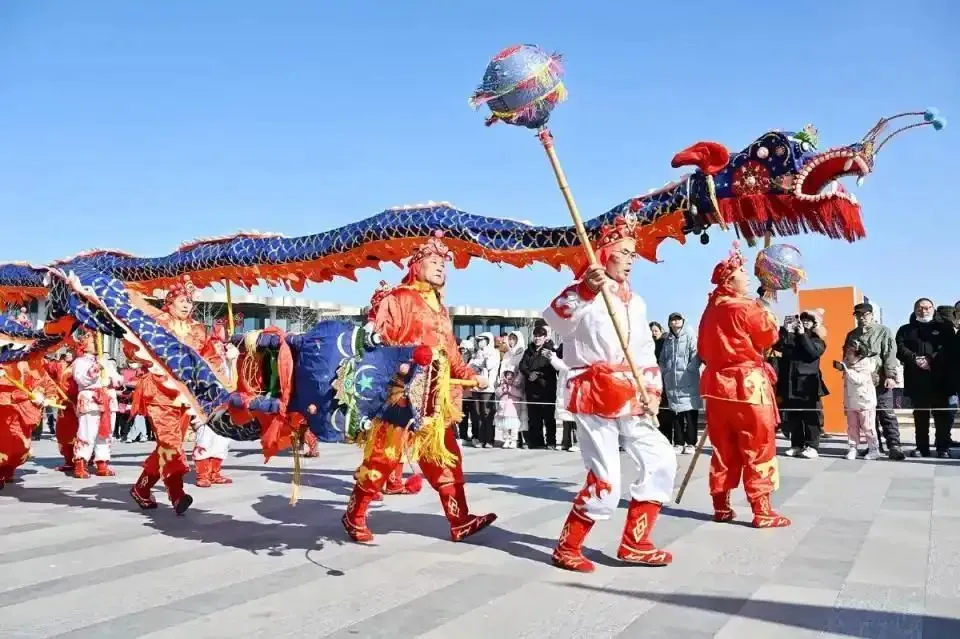
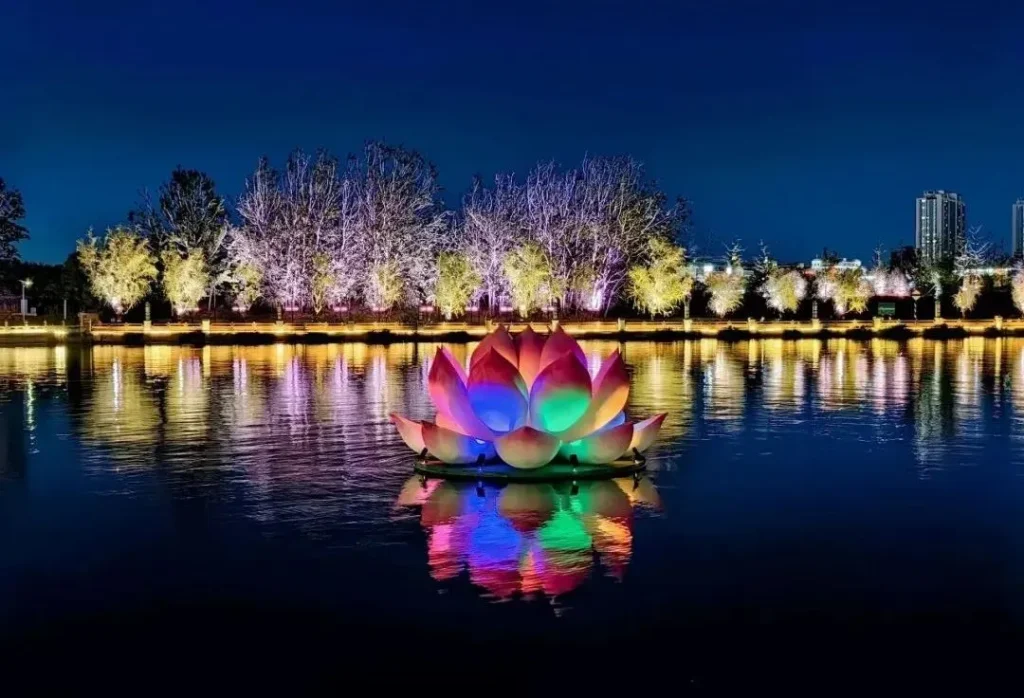
- Traditional Festivals: Various traditional festival activities are held along the Beijing section of the Grand Canal throughout the year, like Dragon Boat races during the Dragon Boat Festival (端午节) and lantern fairs during the Mid-Autumn Festival (中秋节). These are great opportunities to experience traditional Chinese culture.
- Interactive Activities: Some sites offer interactive experiences like traditional canal transport or being a canal boatman, allowing visitors to personally experience canal history.
- Cultural Performances: Some attractions feature traditional opera, dance, music, and other cultural performances, enriching the visitor experience.
Best Time to Visit
Beijing has four distinct seasons, and the Grand Canal offers unique scenery in each:
- Spring (April-May): Pleasant weather and blooming flowers make it a golden time to visit the Beijing section of the Grand Canal. The Grand Canal Forest Park in Tongzhou is especially vibrant then.
- Summer (June-August): Lotus flowers are in bloom, and the Shichahai Lotus Market (什刹海荷花市场) is bustling. However, it can get quite hot, so be sure to stay cool.
- Autumn (September-November): Clear skies and pleasant autumn colors make it a great time for photography and in-depth exploration.
- Winter (December-February): It’s colder, but the Grand Canal in winter has a quiet, serene beauty, especially after a snowfall.
Getting Around
- Public Transport:
- Subway: You can take the subway to Jishuitan Station, Shichahai Station, or relevant stations in Tongzhou, as attractions are located near these.
- Bus: Beijing has an extensive bus system that can conveniently take you to various sites.
- Driving:
Parking: Parking lots are available near most attractions, but they can get crowded on weekends and holidays.
Navigation: It’s a good idea to use a navigation app to plan your route. - Boat Tours: Some attractions offer boat tours, allowing you to enjoy the canal scenery from the water.
Things to Keep in Mind
- Protect the Environment: The Grand Canal is a precious cultural heritage site. Please help protect the environment by not littering or damaging historical relics.
- Stay Safe: Be careful when near the water, especially if you have children, to prevent drowning.
- Respect Culture: When visiting religious sites, please respect local customs and traditions.
- Weather Changes: Beijing’s weather can change quickly. In spring and autumn, the temperature difference between morning and evening can be significant, so dress in layers.
The Beijing section of the Grand Canal, this ancient waterway that carried the glory of Yuan Dynasty canal transport, has now become an important cultural tourism landmark in Beijing. It not only opens a window for us to understand ancient Chinese water engineering and urban development history but also offers a unique travel experience for every visitor. Whether you’re a history and culture enthusiast or a lover of natural scenery, you’ll find something to enjoy here. Hopefully, this guide will help you on your journey. Have a wonderful time exploring the Grand Canal in Beijing!
